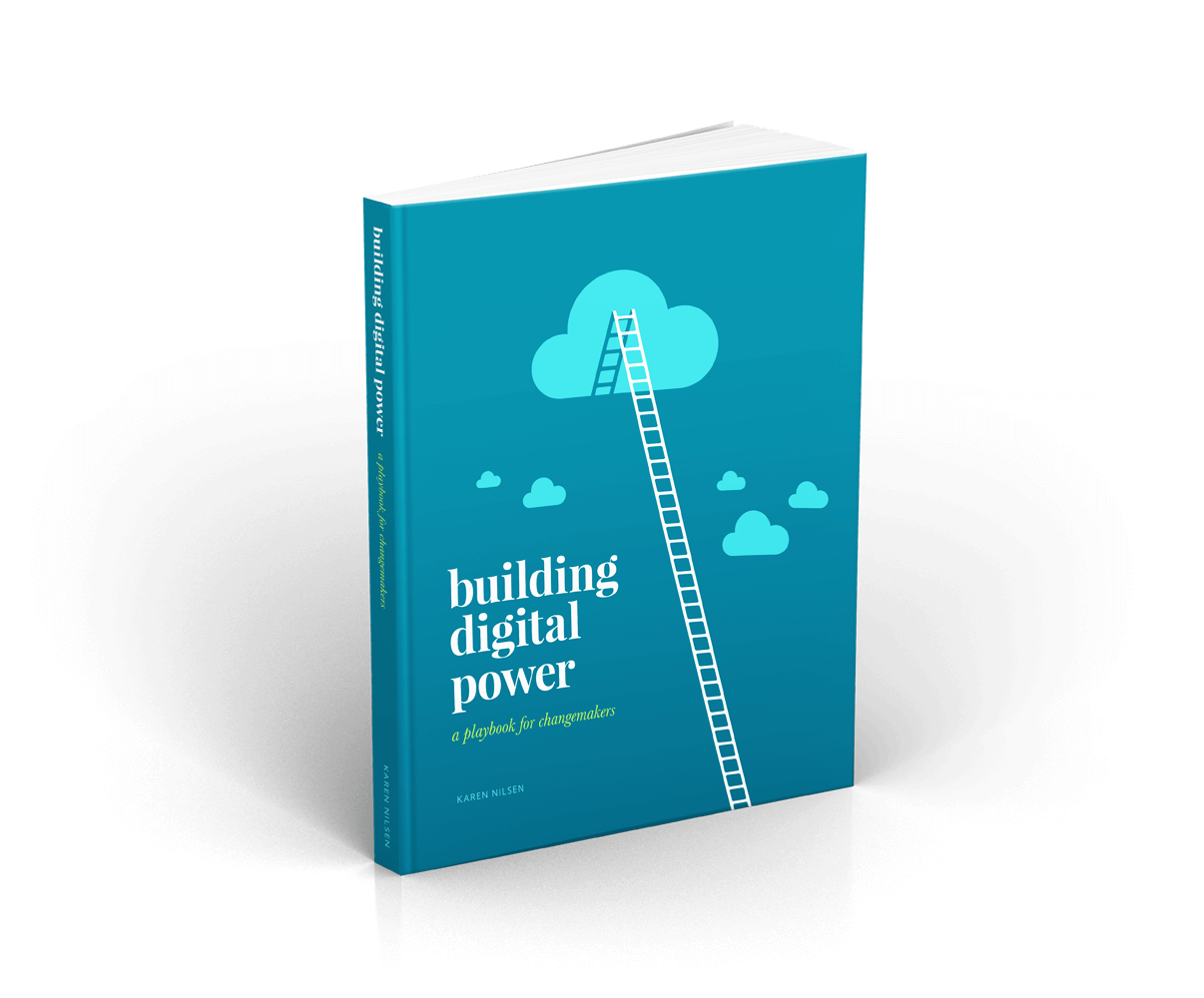Get a free digital strategy tip of the week:
Unsubscribe any time. We respect your data. View the privacy policy.
You are not your audience. Five humbling words that explain why so many messages fall flat, emails flop, and web pages
Not every email you send will find its way into an inbox. Optimal deliverability is needed to give your emails a fighting
In 2025, more emails are being viewed on iPhones than any other device. The average iPhone affords us a measly 41 characters
Is email dead? Here’s what the data says... Some people question the relevance of emails in 2025. They ask, “Can’t we just rely
Here’s an important piece of digital communication that you’ve probably never read: Few of us pay attention to stuff like
Think of a radio tower. Broadcast signals beaming far and wide. Most people think about email broadcasts this way. Please don’t think
Bolding the odd word or phrase can help skim readers catch key ideas you don’t want them to miss. It’s also great for
A well-placed stat will add weight to your writing—particularly when it’s referenced with a credible source. When working with numbers, all care must
Cognitive biases are powerful mental distortions that affect the way we think and behave. They are so powerful that they can lead
The General Data Protection Regulation (commonly, GDPR) came into effect in May 2018. It impacts all businesses and organizations, everywhere in the world,
Here’s how the internal dialog usually goes: “We’re torn. We see other organizations sending from individual people but how do we know if
What draws people to your cause? What motivated your supporters to take their first action? What did they feel when they first donated?
So you’ve cracked the code to writing a great email. The next step is to push it out to as many people
How tempting is it to ‘bust myths’ and confront your opponent’s ridiculous claims head-on!? Hint: very. Proceed with caution—countering false claims can unintentionally
Well-designed email templates are greeeat. But even the best layouts can lull readers into complacency over time. Consider mixing up your formatting occasionally
Say More (by Saying Less)
Knowing how much or how little to say starts with being clear about your objective. Rarely is it our job to turn readers into subject-matter experts. Mostly, we’re in the business of motivating people to action.
If your objective is purely to educate, then sure, every additional argument adds value. But if your objective is to persuade, then only the most persuasive argument is needed—anything more is a distraction.
There might be ten reasons your supporter should care or take action today, but perhaps they only need to hear one. It’s your job to figure out which one, and run with it. Cutting non-critical words, sentences, and paragraphs is hard. Consider what your audience cares about most. Are they motivated by ethics? Science? Where’s the urgency? Work with that.
Four principles that will save you from saying ‘too much’
- Understand the role of ‘emotion’ and ‘facts’. This will help you identify your most persuasive messages and give them space to shine.
- Limit requests to a single ask. There may be 5 things you need your supporters to do, but if you care about conversion rates, you’re only allowed to ask for one.
- Find sneaky ways to hide content. When you know you should cut something but you just can’t bring yourself to hit ‘delete’ ... try this.
- Resist the urge to say everything at once. Breaking up your content will let you to say ‘more’ over time.
If you’re struggling, try this thought experiment: Imagine you’ve just inspired your supporter with an important email (or web page). Later that day, they share what they’ve learned with a friend over coffee. Knowing that they won’t remember everything, what are the key points (or point) you’d most like your supporter to repeat to someone else? Say that.
Was this tip useful?


Like this tip? Share it!






